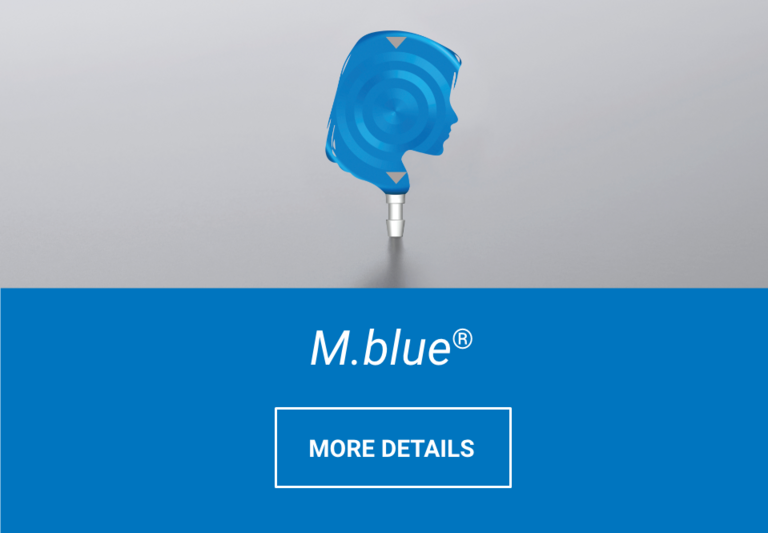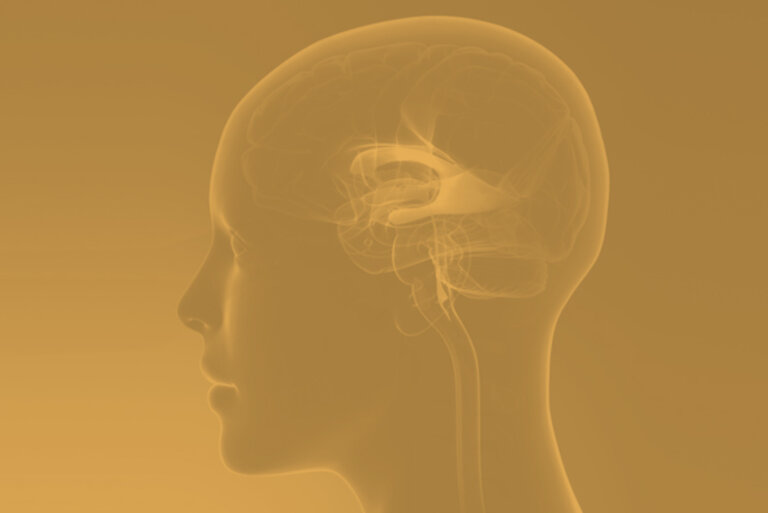Diagnostic methods
Ultrasound is an imaging procedure that is only used for early diagnosis in newborns and premature infants with suspected hydrocephalus.
Due to the still open fontanel, a very good view of the internal part of the head and thus of the ventricles is possible. Ultrasound is portable and easy to use, even in unstable premature infants. In addition, this procedure does not use ionizing radiation (X-ray radiation) and is relatively inexpensive to perform. However, CT or MRT are used for more detailed examination results.
Computer tomography is currently the most common method used to diagnose hydrocephalus and for follow-up examinations of patients who have already had a shunt implanted.
This method is particularly suitable for children with already closed fontanelles. The quick and painless examination allows a better assessment of the brain and can identify most tumors, vascular malformations or other potential causes of hydrocephalus. This method is used to make images of the different layers of the head. However, CT images can only be taken in one plane and the patient is also exposed to low levels of ionizing radiation (X-ray radiation). The costs of such an examination are between those of ultrasound and MRI.
Magnetic resonance imaging is the best way to assess the brain and its pathological condition.
This method uses electromagnetic waves to provide very fine tomographic images of the head, and does not use ionizing radiation (X-ray radiation). It is important for the diagnosis of very small tumours and enables the diagnosis of previously unclear findings.
The Spinal Tap Test - also known as lumbar puncture - allows the drainage of up to 50 ml of cerebrospinal fluid (liquor) via an access to the spinal canal.
If individual or all symptoms improve in the following hours for about one to three days, this is a clear indication that the patient can be helped with a drainage system. A lumbar puncture is only a diagnostic, not a therapeutic procedure. Although the risk of infection is negligible for a single puncture, it increases significantly for many repeated lumbar punctures. For this reason, the Spinal Tap Test is not an alternative to implanting a shunt system.
In an infusion test, spinal fluid replacement is administered by means of a lumbar puncture under slight pressure through an infusion into the spinal fluid spaces.
Extensive measurements are taken and pressure values are recorded, which can then be evaluated by a computer. The infusion test can be combined very well with the spinal tap test, so that only one lumbar puncture is required for both examinations.
In lumbar drainage, a thin, soft catheter is inserted into the spinal canal by means of a lumbar puncture, so that brain water can be continuously drained into a collection bag over a period of one to three days.
Lumbar drainage is comparable to the Spinal Tap Test. However, it can provide relief over a longer period of time. This diagnostic procedure is mainly used when doubts remain after the lumbar puncture and/or infusion test as to whether or not hydrocephalus (usually normal pressure hydrocephalus) is present.






